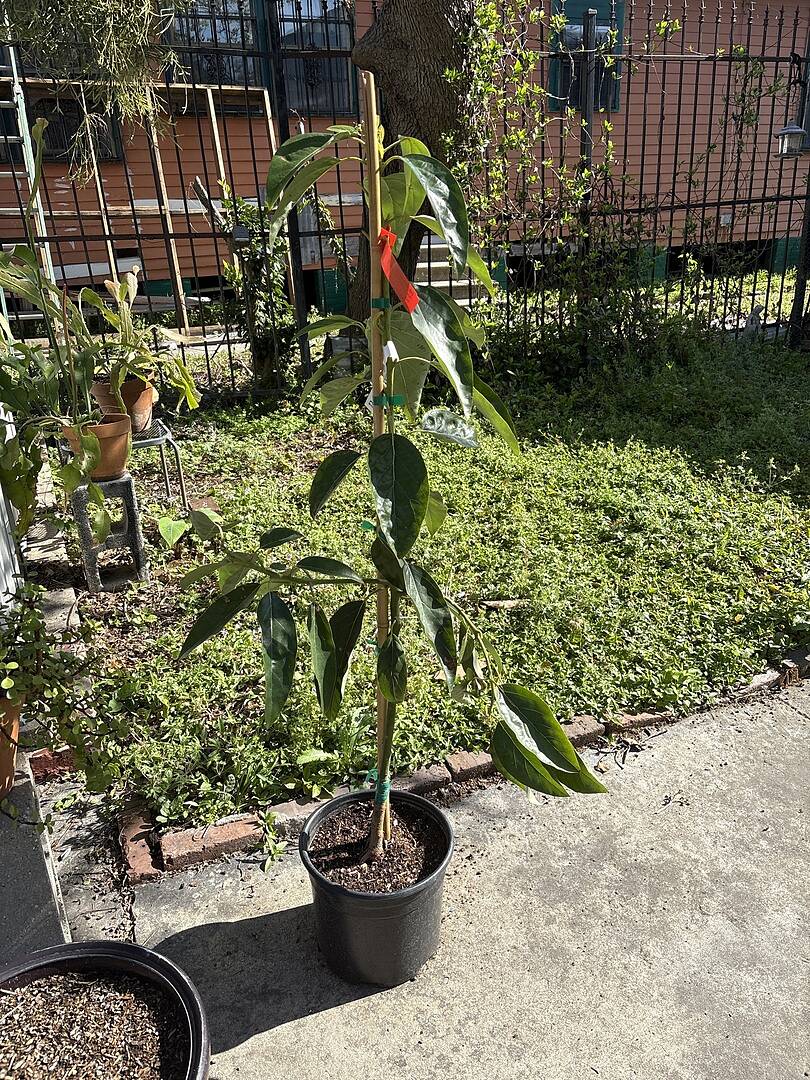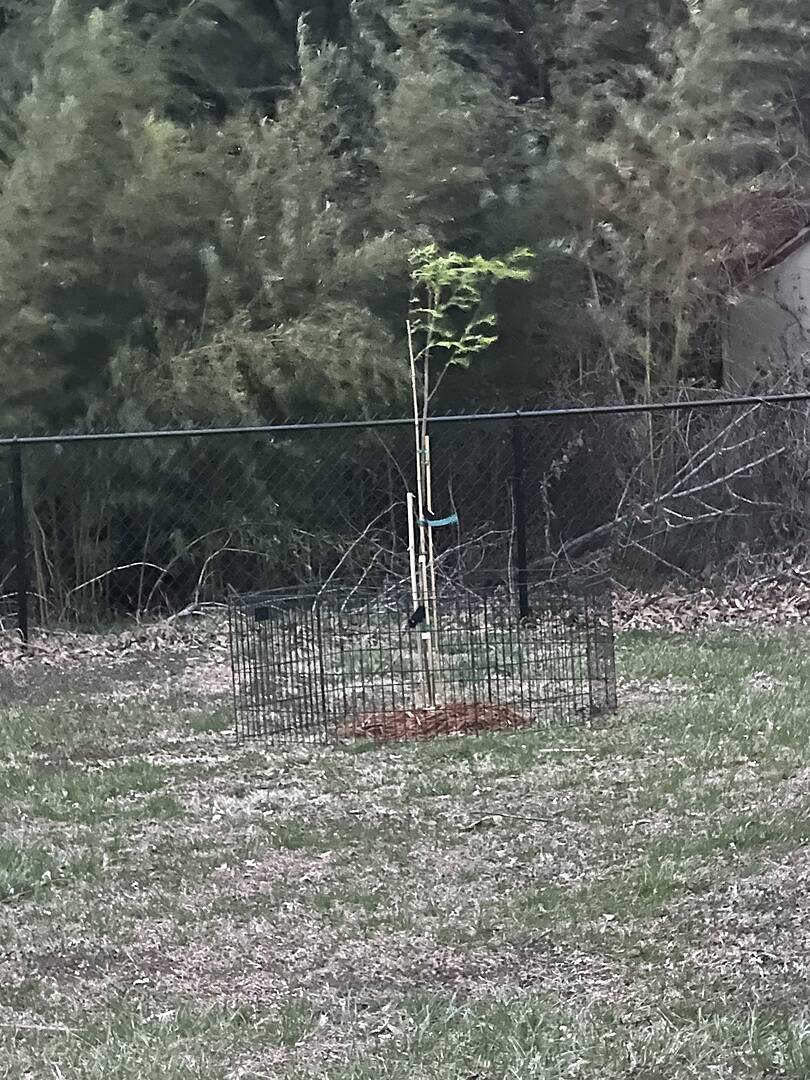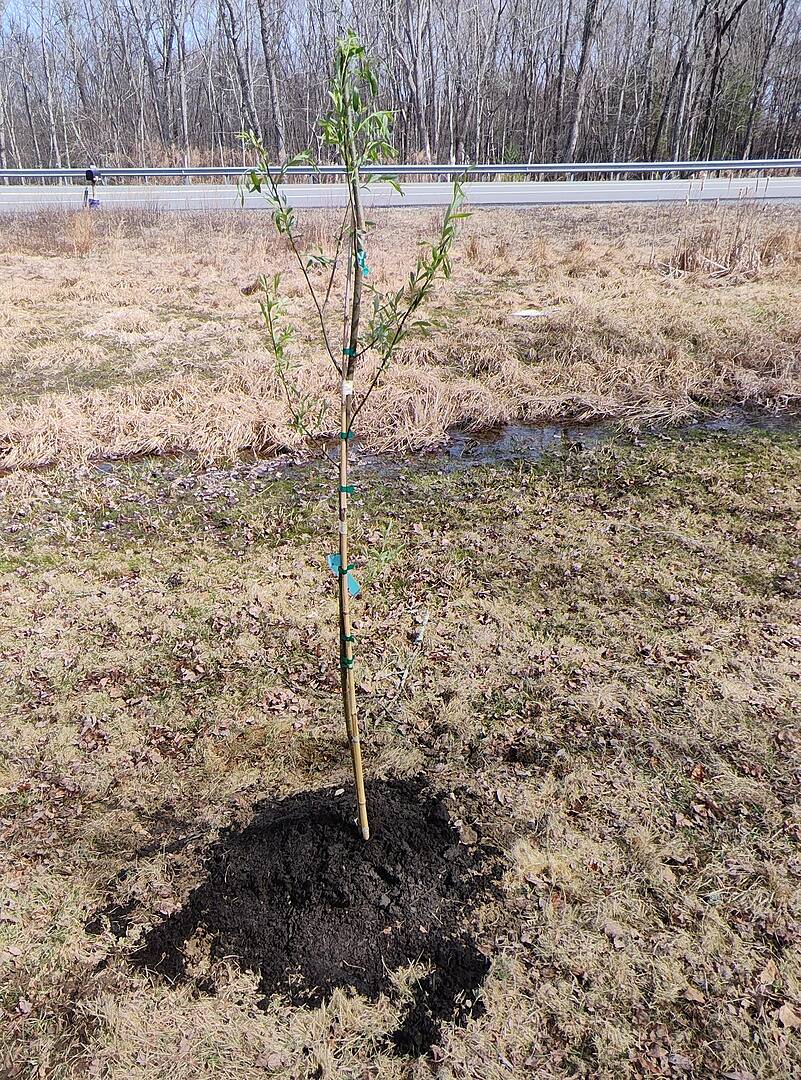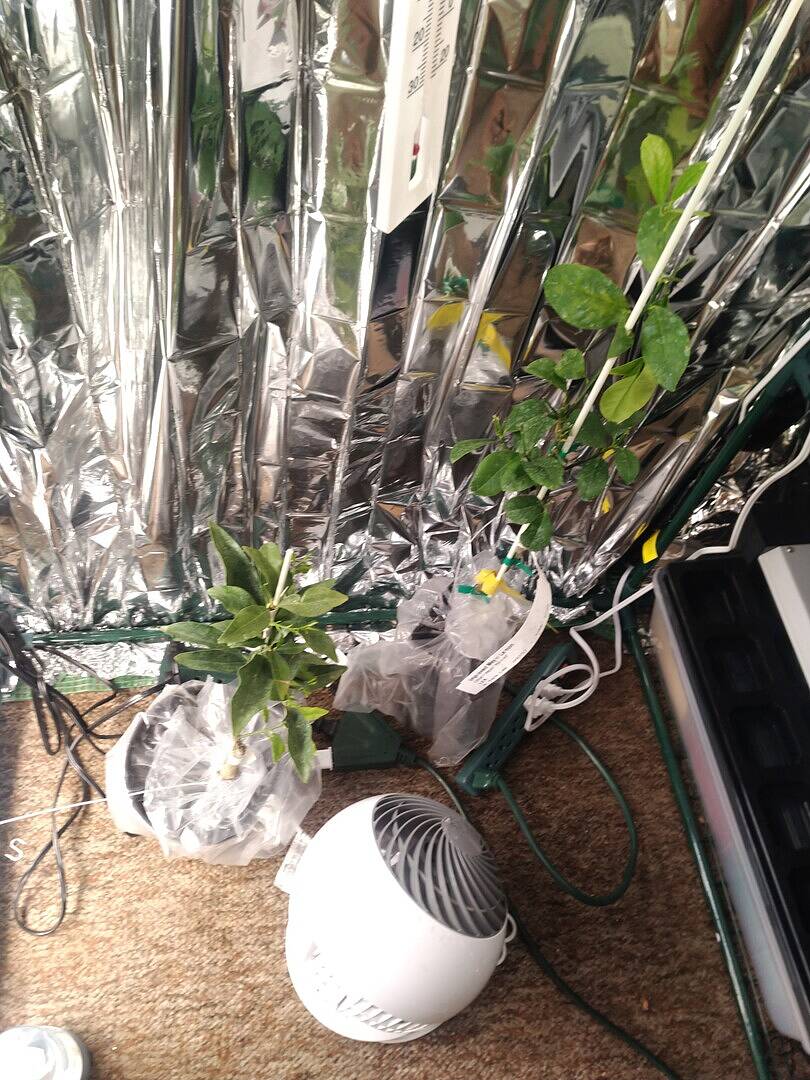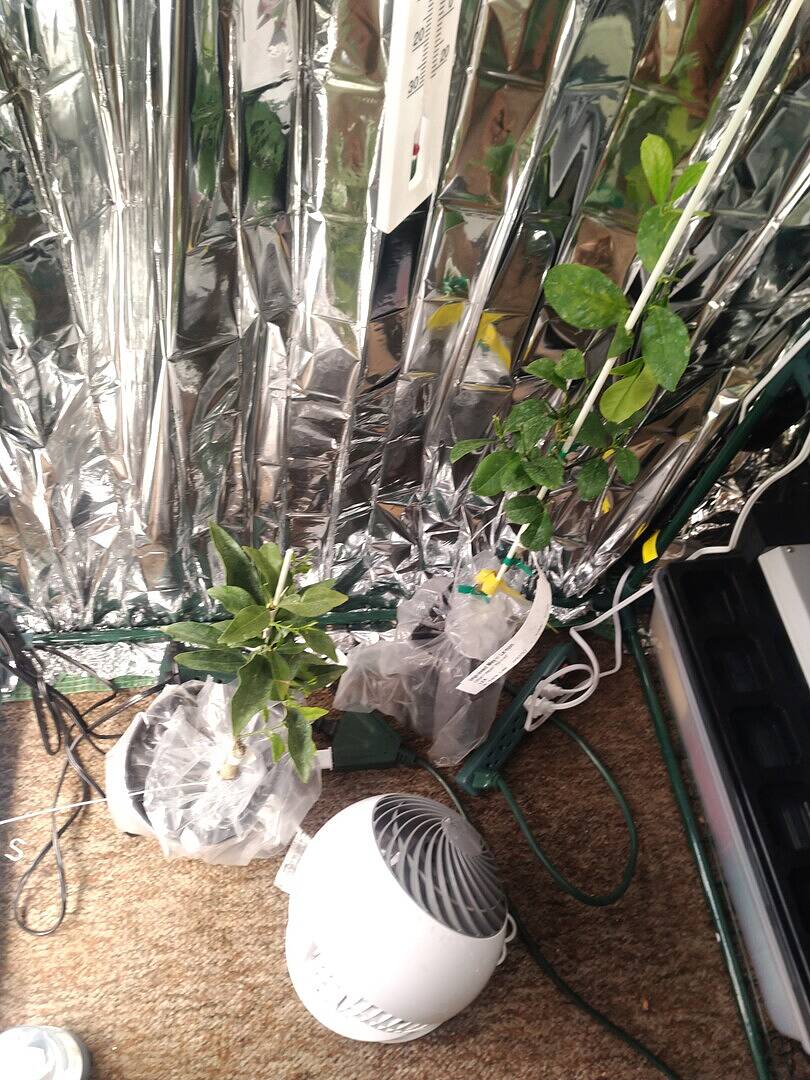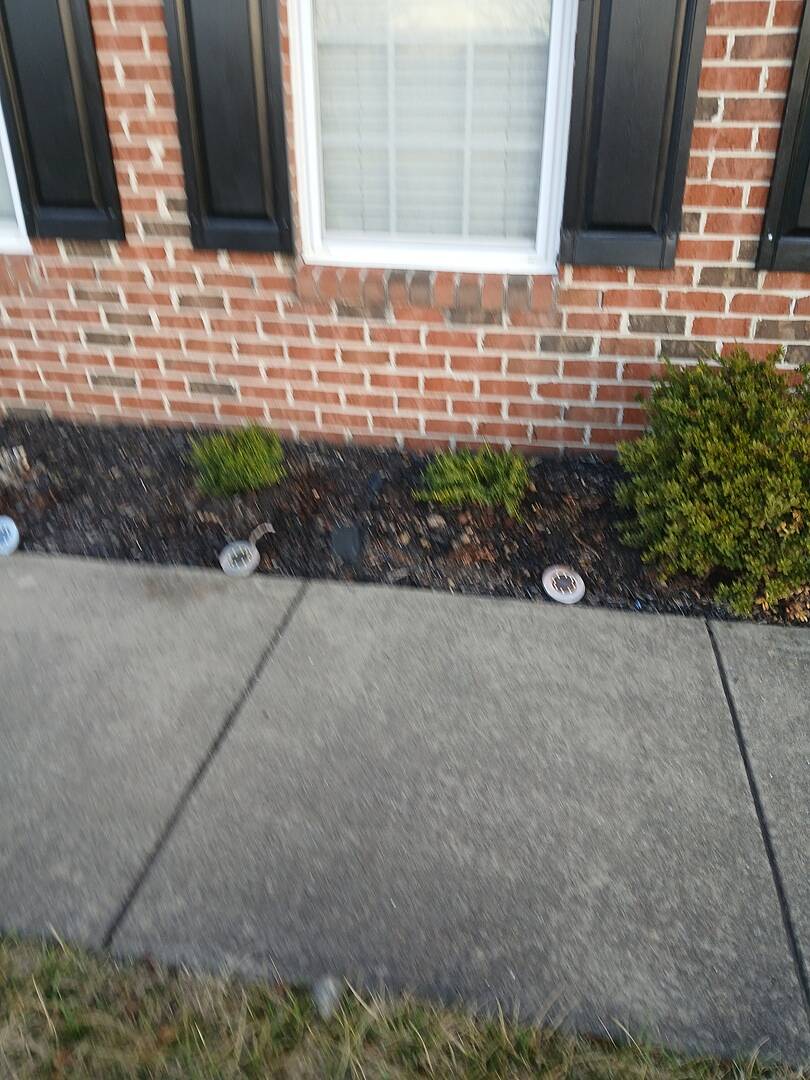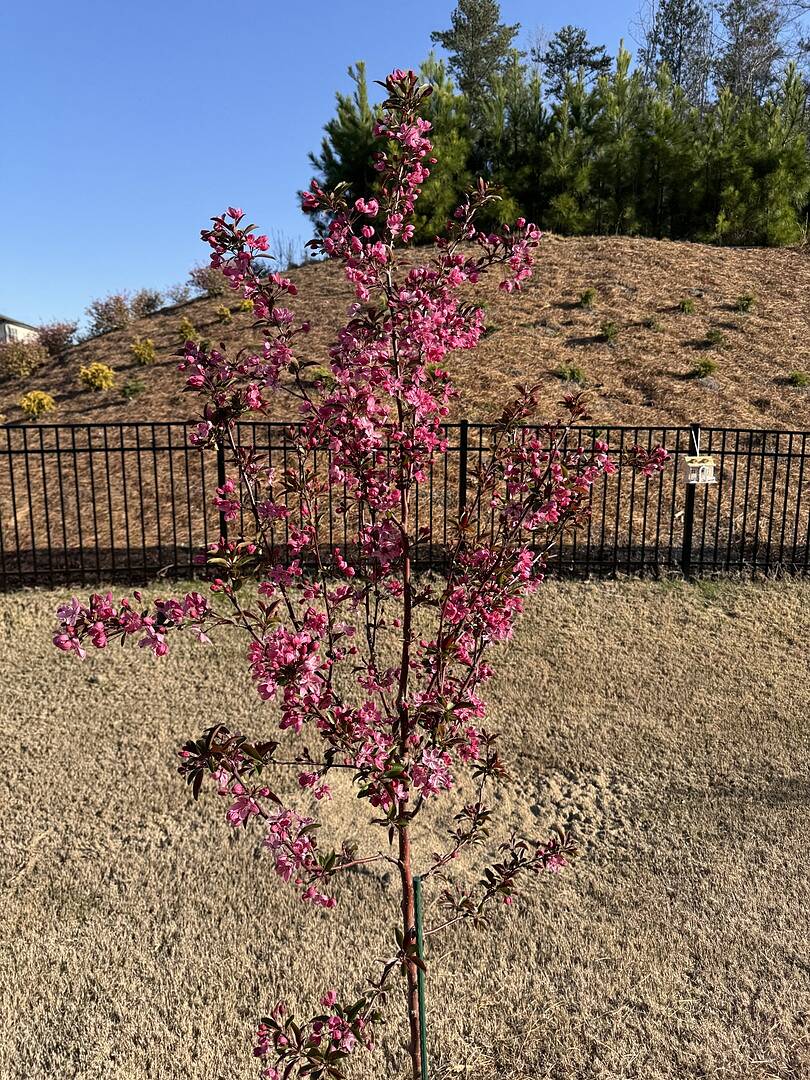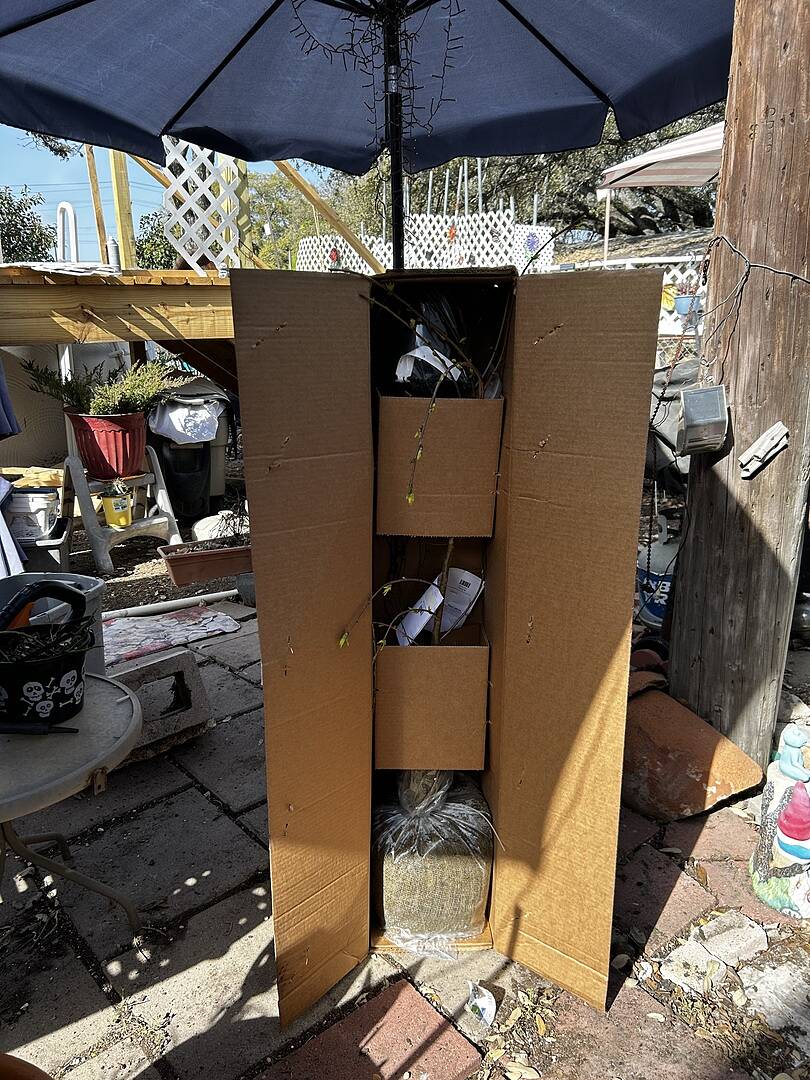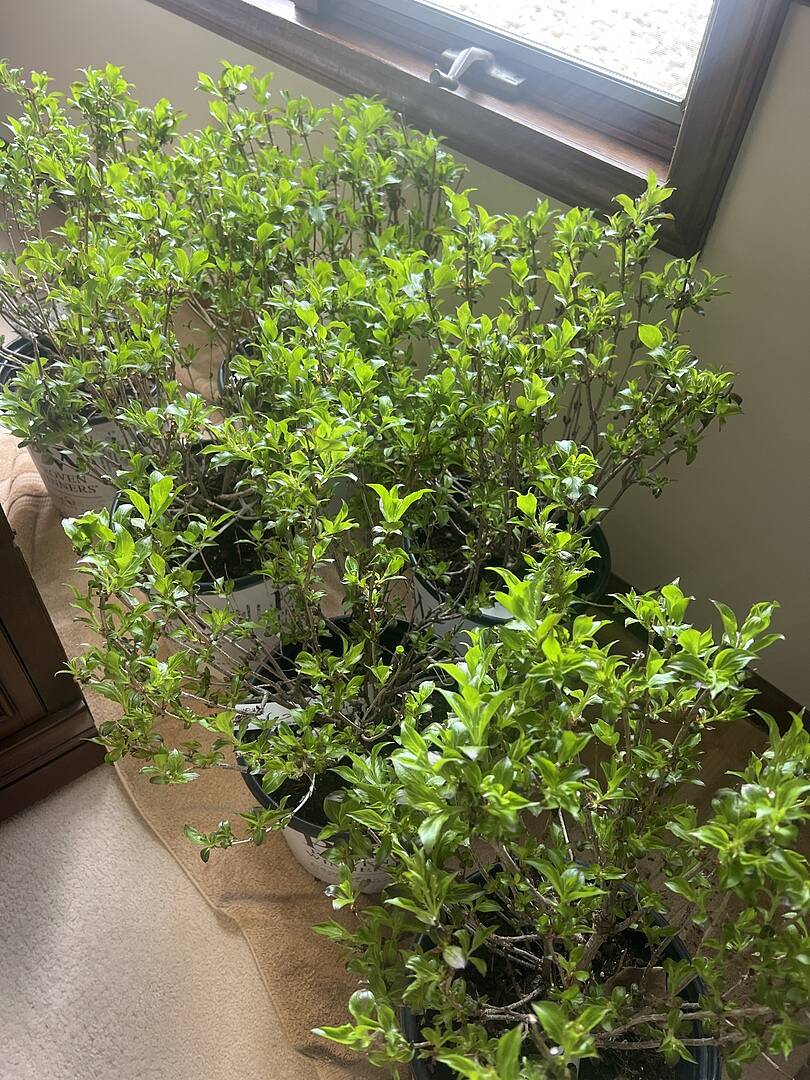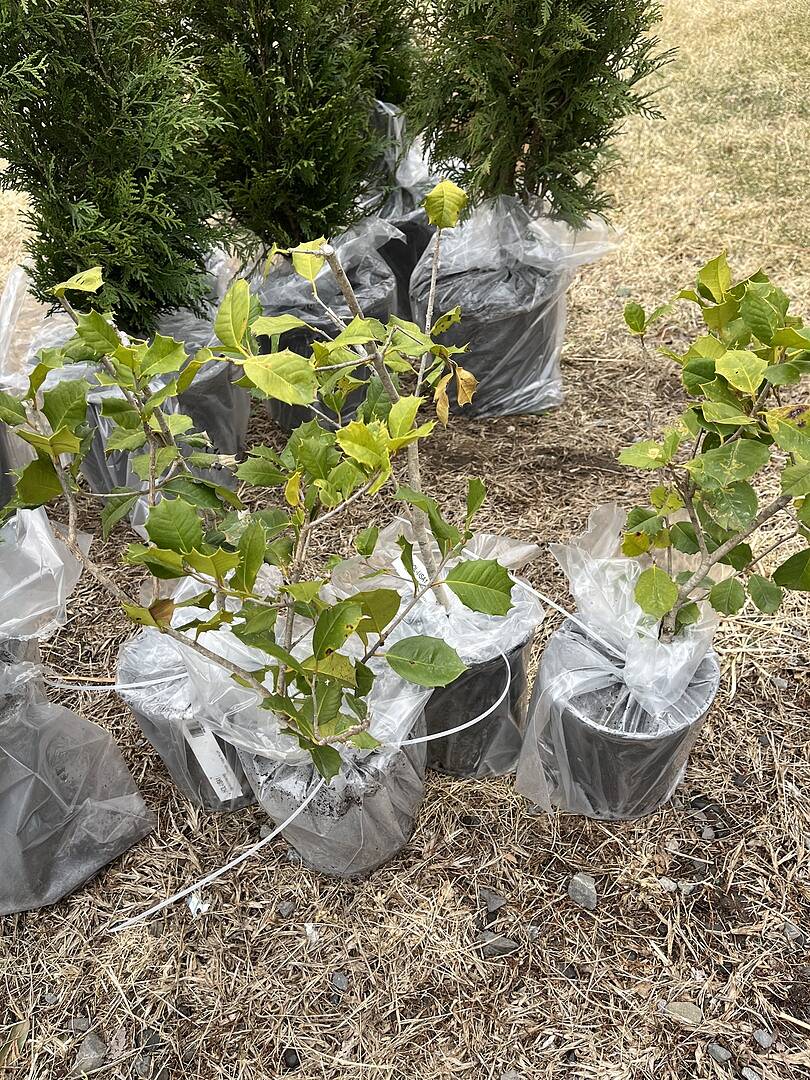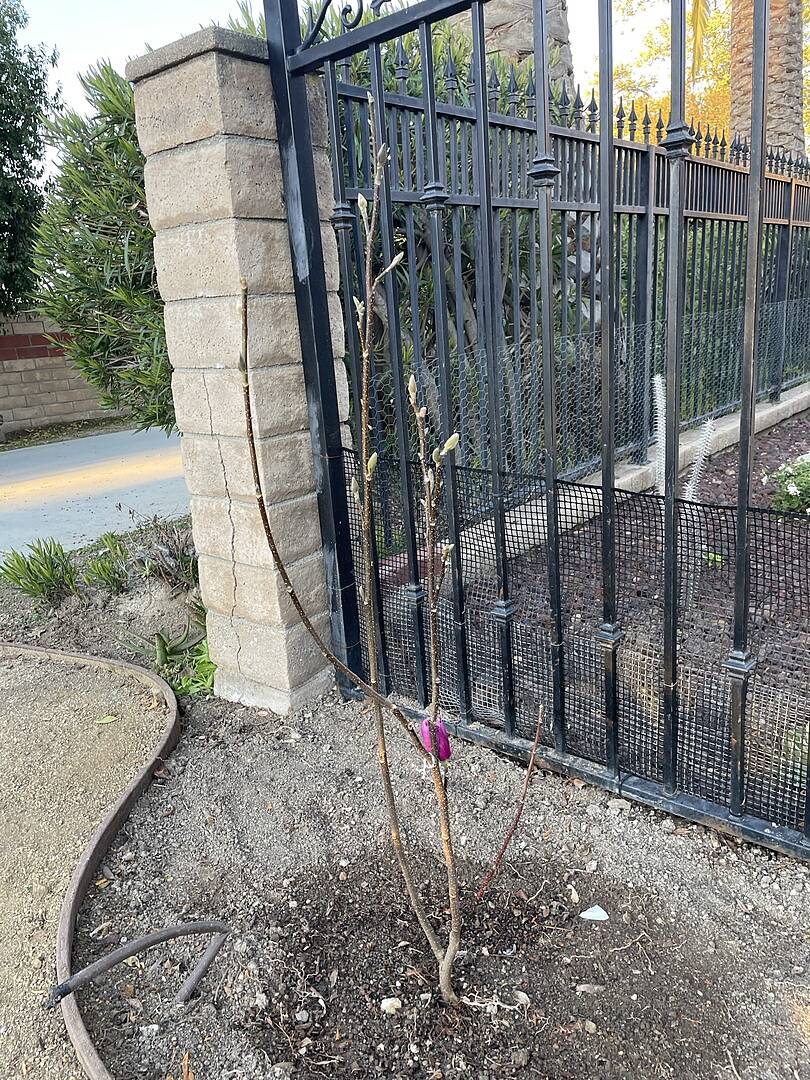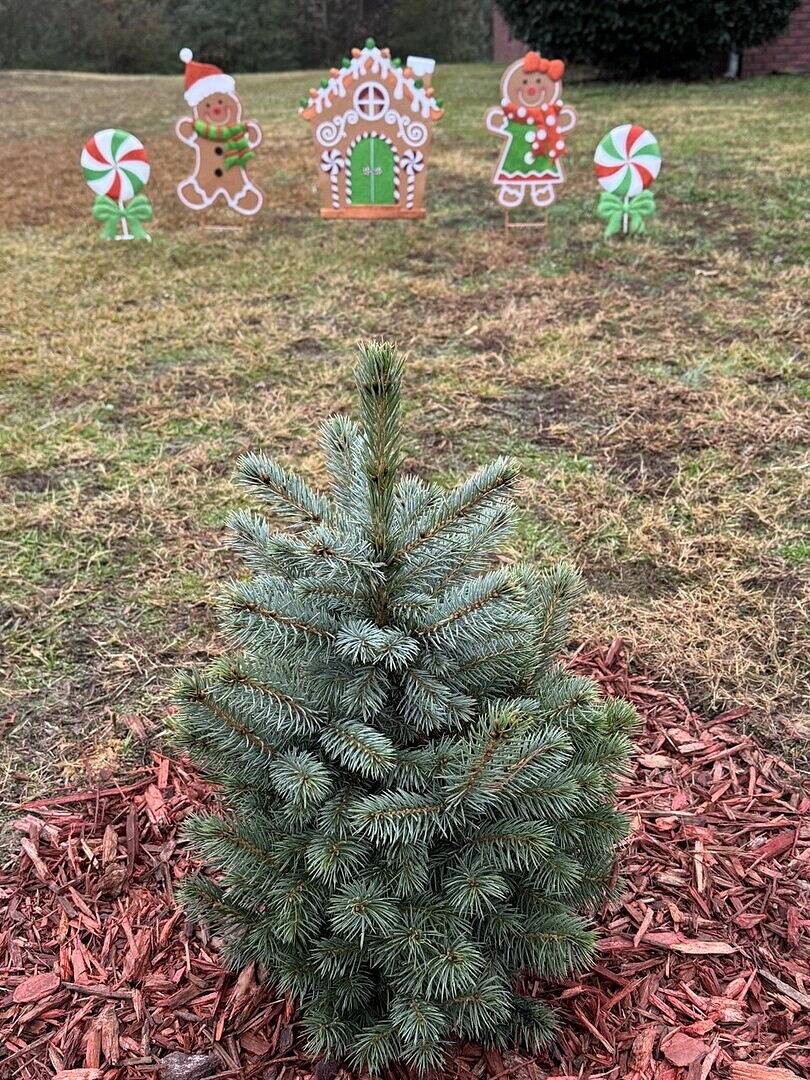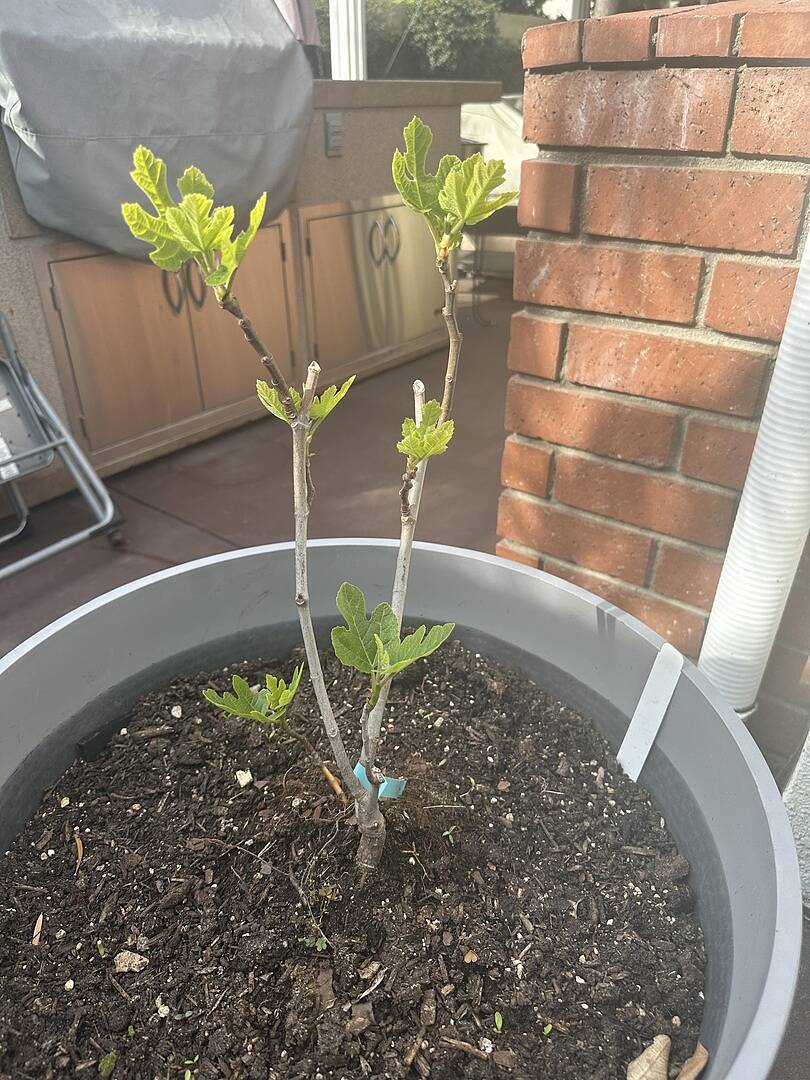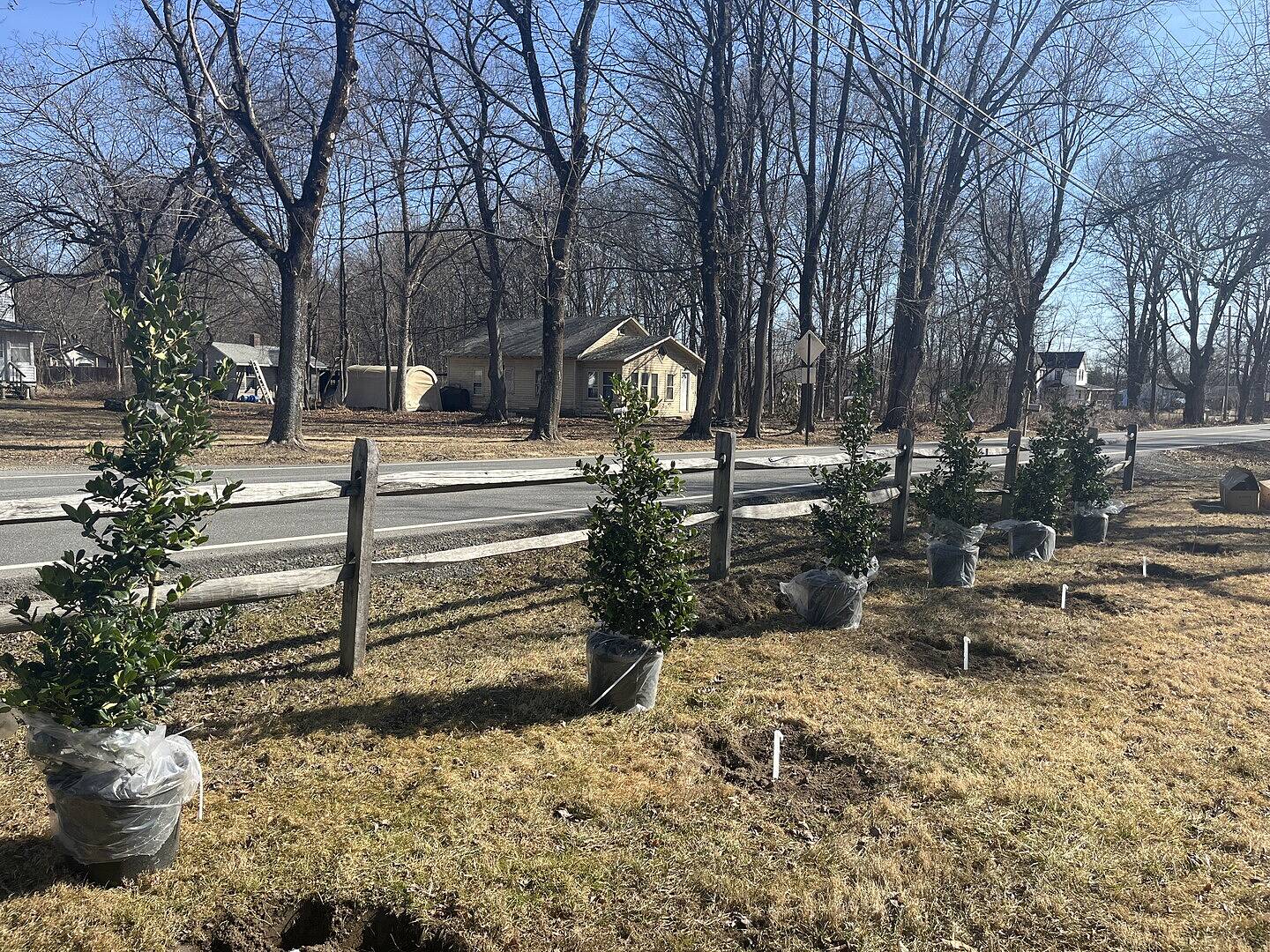They say that April showers bring May flowers. But what they don’t tell you is that those flowers will require some work to look their best! To help you get a head start on your April garden refresh, our experts curated a list of our top tools to master spring—and bring forth those blooms!
Want to skip ahead? Use these links to jump to the section that fits your needs.
The container you choose can really make the difference between a struggling vs. thriving plant. For varieties that like water, you'll need a container, like a self-watering planter, that stays consistently damp. For plants that like to stay on the dryer side, opt for a root pouch, a container with plenty of drainage holes, or a pot made of porous material like terracotta.
Let’s face it, April showers are not consistent. There will be a time when you'll need to supplement Mother Nature. Instead of walking around your yard with a garden hose, we recommend investing in a sprinkler. Our Rotating Sprinkler sprays up to 33 ft., and you can adjust its rotation to fit your lawn, use less water, and save time!
If you’ve got no time (or, let’s face it, energy) to spare, the Power Planter Planting Auger is a low-cost way to get your plants in the ground faster. Instead of getting out the shovel or spade, you just use this handy attachment with an electric drill to churn out holes for your new plants. Just make sure to follow the planting instructions to create a correctly sized hole.
Neem Oil – Enjoy natural, non-toxic protection.
Neem oil comes from the Neem tree, and, boy, is it a powerful tree! Neem oil drives away and kills common pests. Not just that, it also has the power to tackle fungus while being safe to use around kids and pets. Protect your plants, indoors or out, while protecting the earth and your peace of mind.
Voles, groundhogs, squirrels, chipmunks, rabbits—depending on where you live, your garden-foe may look different. However, at at the end of the day, we all want them out! Be proactive by staying on top of the backyard war against the animals trying to damage your growing plants this spring.
Deer are cute—especially the fawns—until you see the damage they can do. To deer, the tender new growth of spring is extra tasty in springtime. Even deer-resistant plants can be a target for hungry deer before the leaves mature. Just remember: deer-resistant doesn't mean deer-proof, so also consider combining deer repellent with other protective methods like physical barriers (netting, fencing, noise-makers, etc.).
Don’t let your hard work become a snack. Roses have lots of blooms per shrub, but it only takes a minute for some insects to ruin your new flowers. If you're looking for picturesque blooms, do your future self a favor and use some rose-specific insect repellent.
Peony Cage - Some flowers need extra support, too.
What good are big beautiful blooms if they're just facing the ground? Peonies are so full of flowers that they tend to droop over with the weight, which is why this stand comes in handy. Its low profile supports your stems without taking up too much space. It also doubles as a marker for where your peonies are planted during the dormant season!
If you're hoping for blooms that last beyond April, you'll need to support their nutrition. One of the best ways to do this is through adding granular fertilizer. The granules break down over time to feed the plants for a longer period. And with a hand spreader, applying it can be easy. You can also use this tool for grass seed, grass fertilizer, grass seed alternatives, and beyond!
Do you bring your hose inside and wind it up when not in use to protect it from the elements? We don’t blame you if you don't (because sometimes we forget, too). Don’t wait to find out that your bulky hose is leaking when you start watering in the early morning. Save space and water this season by investing in a new hose, like this expandable one that comes with a spray nozzle.
If you feel stuck or really want to boost your soil health, we will always recommend using Root Rocket. It’s organic and benefits the long-term health and microbiome of your soil. So when using this additive, you'll know you're not just helping your plants in the present—you're improving the growing environment for all your plants in the future!
And don’t forget the most important thing about early spring—to enjoy it!

Written by
Meredith Gaines
Meredith's love for plants started at a young age, and only grew when she started working in the Desert Exhibit at the South Carolina Botanical Gardens and the Historic Filoli Estate in the Bay Area. After graduating from Clemson University (GO TIGERS!) with a degree in Biology and Horticulture, she found her niche in the FastGrowingTrees.com family as a horticulturist and has grown in her current role as Senior Plant Expert.
She currently resides in her hometown of Charlotte, North Carolina, and enjoys spending any time she can outdoors. She learns new things about plants every day and loves sharing her plant knowledge and tips with those around her. Her favorite plant is constantly changing, but her long-time favorites are peonies, oak trees, and ferns.


































